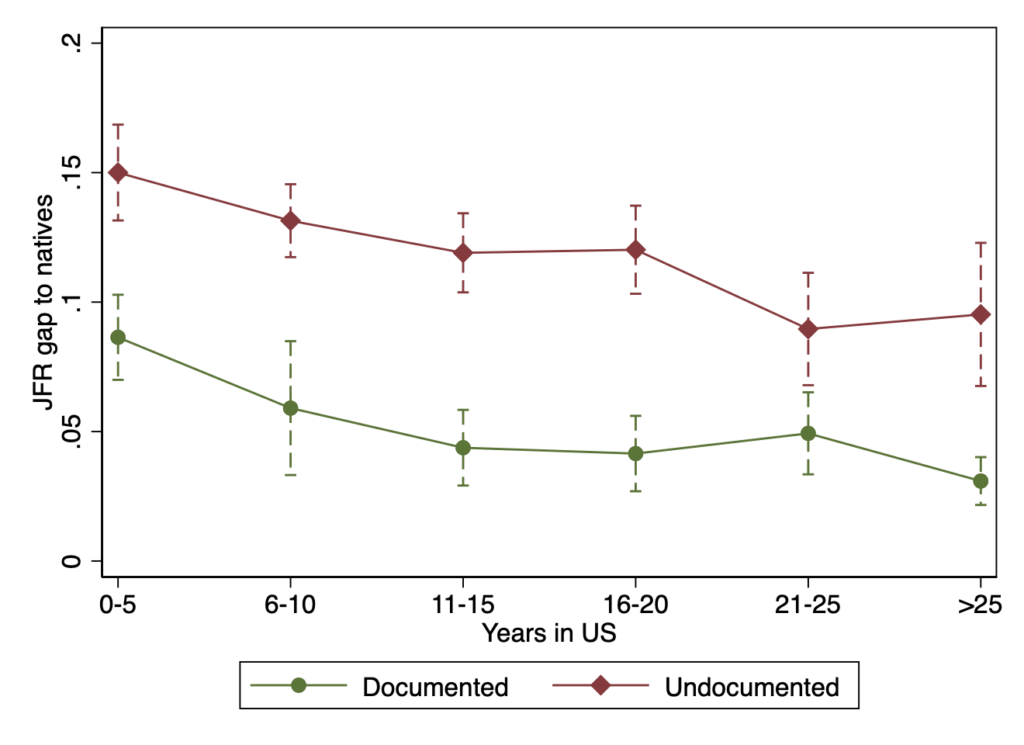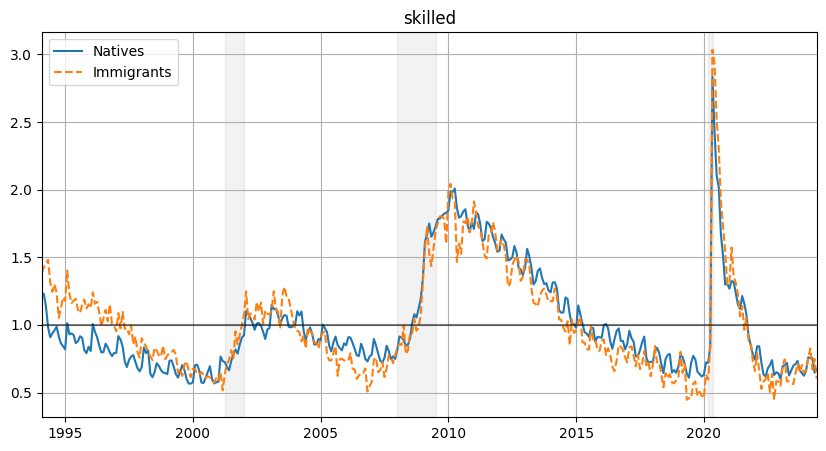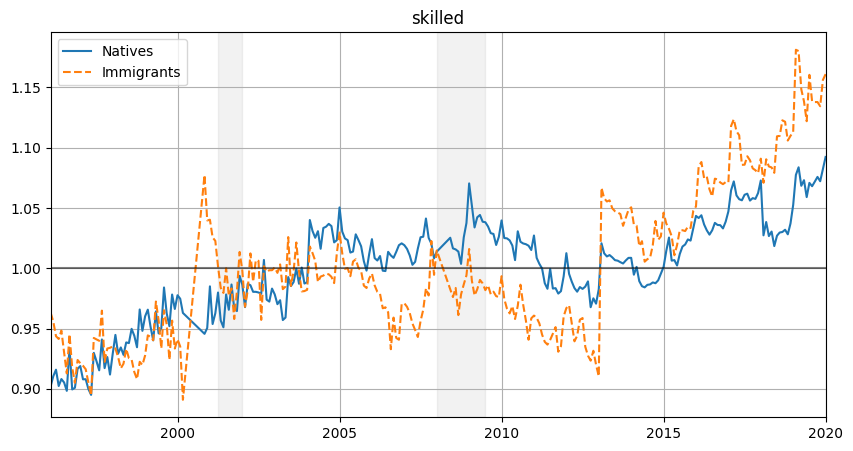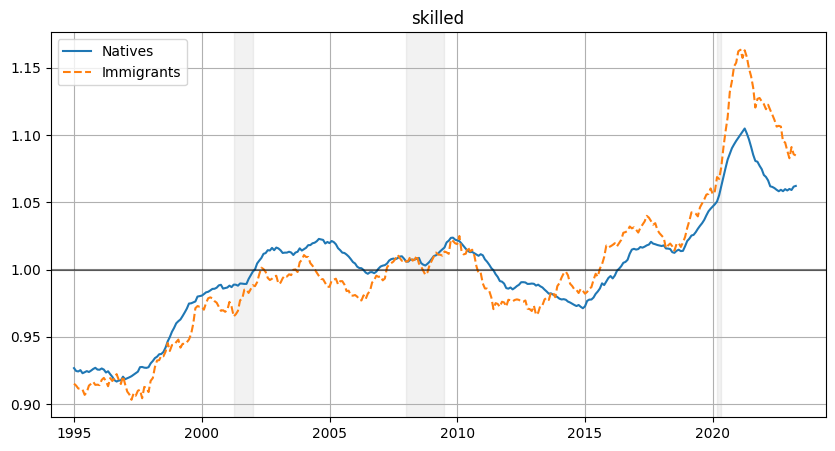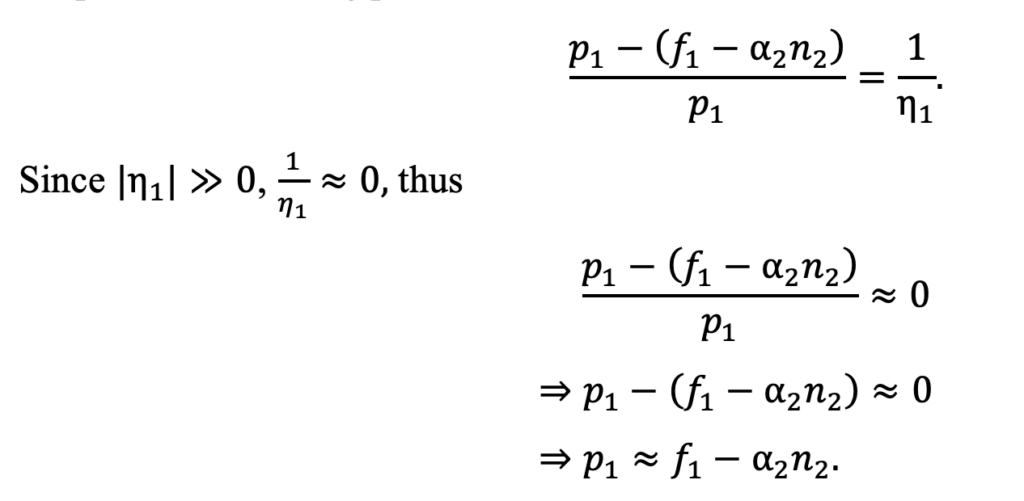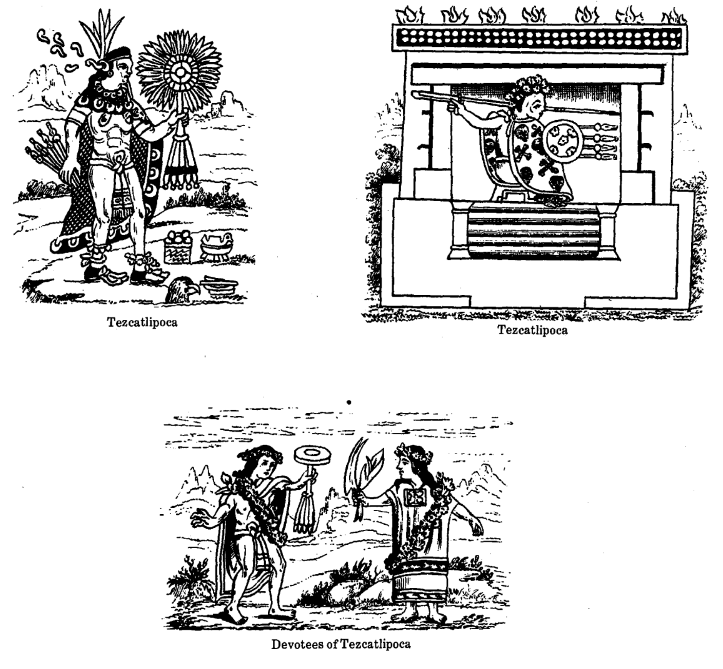Anna Kozloski, Class of 2025
Jess Brier, Curator of Photography
This summer, I conducted full-time research for Curator of Photography, Jess Brier, in the Loeb. My findings will guide a future exhibition with the working title, Photo-Design: Making the World New, which highlights the ways in which communities have used photography and design to imagine alternative futures in the wake of profound loss and devastation.
For the first four weeks of my Ford experience, I explored promising case studies for Photo-Design. My research ranged anywhere from climate activism in Antarctica to the AIDS epidemic and queer activism in America. Jess encouraged me to pursue any historical moment that we could relate to unorthodox applications of photography and design. Although the initial breadth of the project was daunting, taking the time to explore every possible direction we could take the exhibition helped clarify what “photo-design” might look like and what specific historical moment I might want to focus on. The annotated bibliography I created during this period will guide future research on this exhibition.
For the second four weeks, I narrowed down my research topic to postwar, avant-garde architectural design in the 1960s and ‘70s. My findings paid specific attention to the ways in which architects used photomontage, collage, and combination printing to articulate an evolving relationship between humans, nature, technology, and consumerism amidst global rebuilding projects. For example, I considered the rise of Metabolist architecture in Japan after the atomic bombings of Hiroshima and Nagasaki, Italian architects’ experimentation with “architecture-less architecture” as a reaction against the hyperrationality of pre-WWII, Modernist designs, and English architectural designs for the Golden Lane Estate rebuilding project of 1953. In addition to Japan, Italy, and England, my research also explored architectural design in America, Austria, and Venezuela in the postwar period. I identified over 60 artworks (both at the Loeb and other museums collections or archives) that might be included in the final exhibition.
This project culminated in a research report that amassed my extensive research into one cohesive document. My essay, notes, artwork proposals, and annotated bibliography will serve as vital references for Jess and future interns when work on Photo-Design resumes. Thank you, Jess, for your mentorship and this wonderful opportunity to explore my historical and creative interests in a museum setting.


